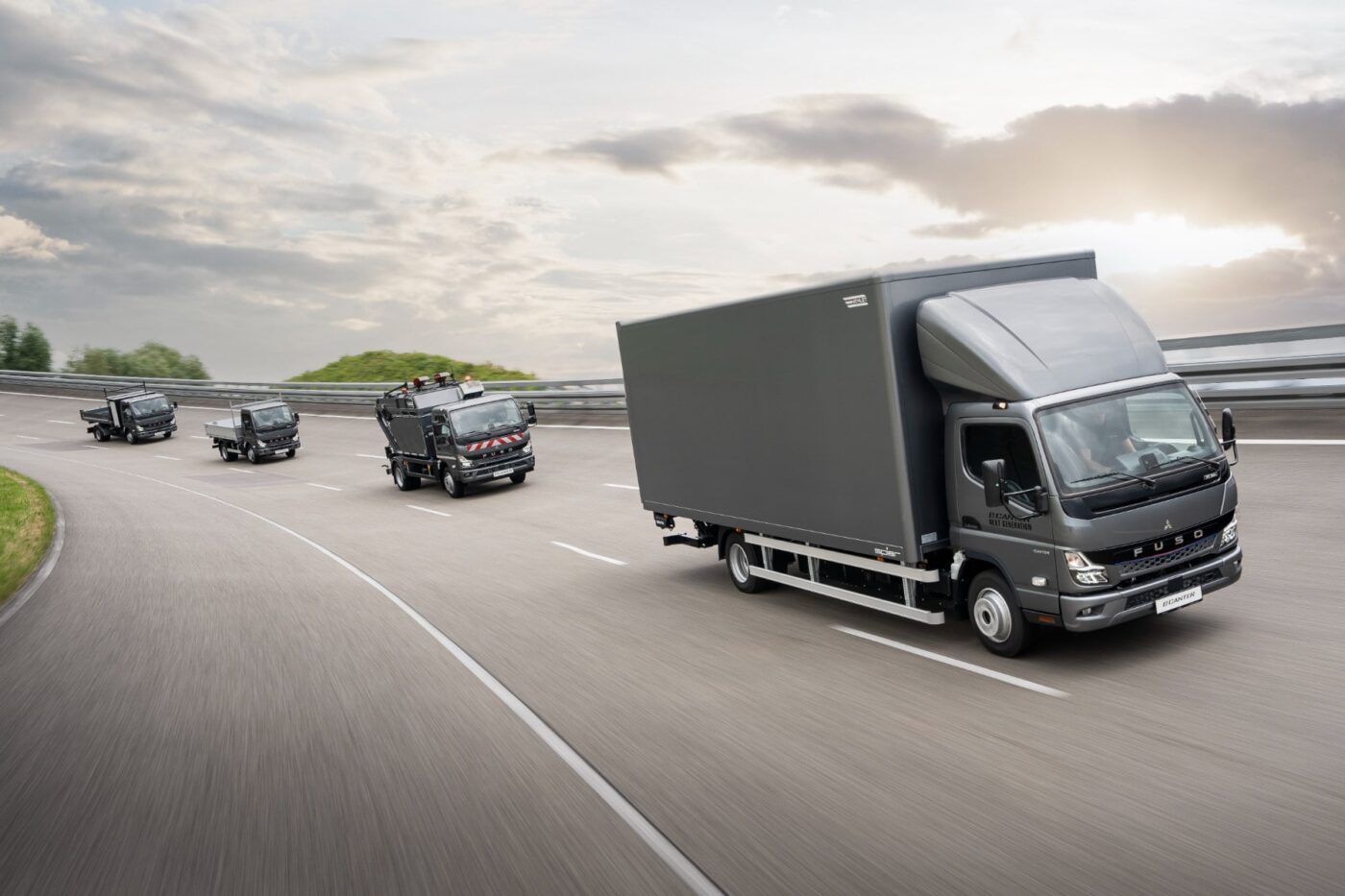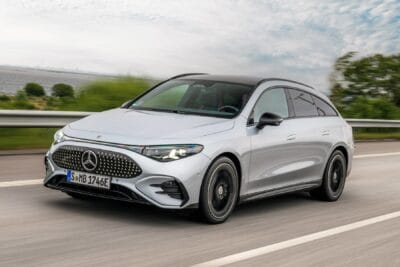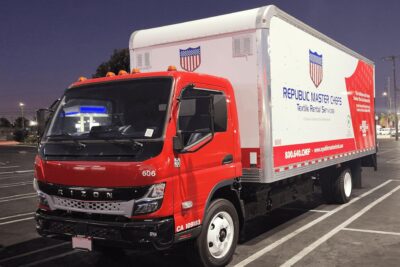Daimler Truck and Toyota to merge Fuso and Hino operations
Daimler Truck and Toyota Motor Corporation first announced their intention to integrate Mitsubishi Fuso and Hino Motors as equal partners in May 2023. The aim of this close collaboration is to enhance operational efficiency across development, procurement and manufacturing – including in the ongoing electrification of both product portfolios.
The finalised agreement includes the formation of a new holding company to oversee the merger on equal terms. Both brands will be brought under one corporate roof, with the parity of the merger explicitly highlighted.
The holding company will own 100 per cent of the shares in both Mitsubishi Fuso and Hino. Daimler Truck and Toyota each intend to retain a 25 per cent stake in the holding. The remaining 50 per cent could potentially be floated on the Prime Market of the Tokyo Stock Exchange, although it remains unclear if this portion will be offered to public investors or whether another strategic investor will come on board.
What is confirmed is that the new, as yet unnamed, holding company will be headquartered in Tokyo. Longtime Daimler executive and current Fuso CEO Karl Deppen will sign on as CEO. Further details on the scope of the cooperation, including the new company’s official name, will be revealed in the coming months.
The agreement is still subject to approvals from relevant boards, shareholders and authorities. If all goes to plan, the holding will begin operations in April 2026, aligning with the start of the Japanese fiscal year.
Focus on CASE technologies
The new entity aims to address challenges around carbon neutrality and logistics efficiency in the commercial vehicle sector, delivering added value for customers, stakeholders and the wider automotive industry. The strategic emphasis will be on developing CASE technologies – Connected, Autonomous, Shared and Electric – with hydrogen explicitly named as a pillar of the electrification strategy.
Mitsubishi Fuso currently offers the eCanter, a light-duty battery-electric truck, and is also participating in a Japanese consortium exploring battery-swapping solutions for commercial vehicles. Hino, meanwhile, is pursuing both battery-electric and hydrogen fuel cell technologies across its markets from North America to Asia. Hydrogen plays a notable role in Japan’s national energy strategy, and Toyota is considered a pioneer in fuel cell development.
At the start of the merger talks, Daimler Truck was led by Martin Daum. His successor, Karin Rådström, has since advanced the plans and now describes the integration of the two Japanese truck makers as “truly historic”.
“We are bringing together two strong partners to form an even stronger company and to successfully shape the decarbonization of transportation. Together, Mitsubishi Fuso and Hino Motors have great potential to leverage scale – and scale is key to win in the technological transformation of our industry,” said the Daimler Truck CEO.
Toyota CEO Koji Sato added: “We believe that the future is for us to build together. Today’s final agreement is not the goal but the starting line. Our four companies, aiming to achieve a sustainable mobility society, will continue to create the future of commercial vehicles together.”
Karl Deppen, the incoming CEO of the new holding, also shared his perspective: “We are shaping the industry by bundling our strengths. With a strong new company we combine our two trusted brands, our resources, competencies and expertise to even better support our customers in their transportation needs in the future.”
daimlertruck.com, hino-global.com (PDF), mitsubishi-fuso.com (PDF)





1 Comment